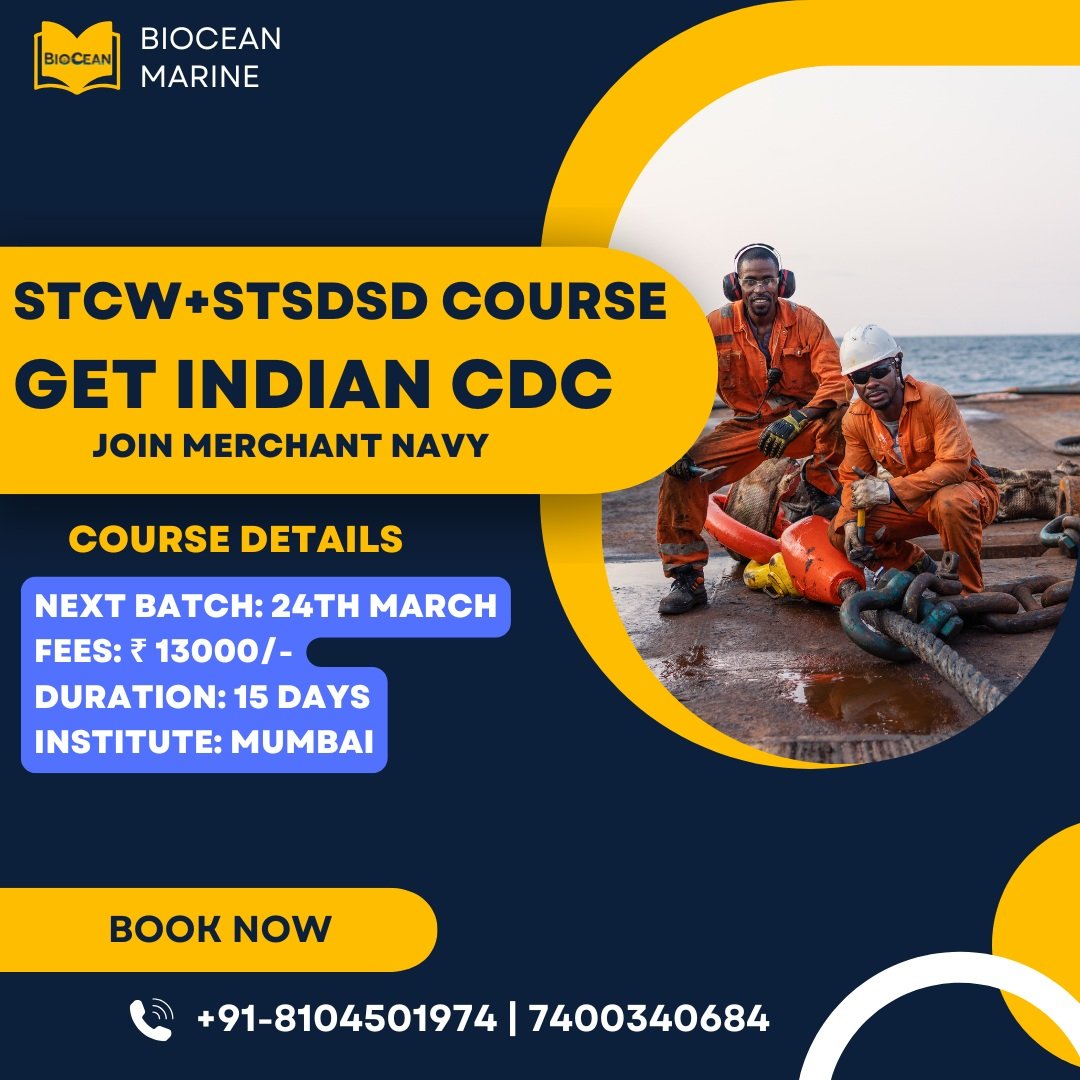In a fresh milestone for South Asian diplomacy, India and Singapore are set to convene the 3rd India–Singapore Ministerial Roundtable (ISMR) in New Delhi on August 13, 2025. This high-level engagement, underscored by strategy and substance, comes just ahead of Singapore Prime Minister Lawrence Wong’s anticipated visit to India in early September. The roundtable is envisioned as a springboard for advancing cooperation across emerging as well as traditional areas of mutual interest.
1. Background: What is ISMR?
Launched in September 2022 in New Delhi, the India–Singapore Ministerial Roundtable is a compact, action-oriented ministerial mechanism. Its aim: to move beyond symbolic declarations and translate diplomatic goodwill into deliverables across critical domains.
The second edition followed in August 2024 in Singapore, where ministers from both countries examined progress on nascent collaborations and expanded the roadmap to include emerging partnership areas.
2. Who’s Attending: Senior Ministers from Both Sides
Representing India:
- Nirmala Sitharaman – Finance & Corporate Affairs
- S. Jaishankar – External Affairs
- Piyush Goyal – Commerce & Industry
- Ashwini Vaishnaw – Railways; Information & Broadcasting; Electronics & IT
Representing Singapore:
- Gan Kim Yong – Deputy Prime Minister & Trade & Industry
- K. Shanmugam – National Security; Home Affairs & Law
- Vivian Balakrishnan – Foreign Affairs
- Josephine Teo – Digital Development & Information
- Tan See Leng – Manpower
- Jeffrey Siow – Acting Transport Minister
The participation of such high-calibre ministers reaffirms the political weight and ambition behind the mechanism.
3. Agenda: Continuity with Scale and Innovation
Both sides aim to deepen existing cooperation and explore new frontiers by building on pillars identified in earlier rounds. These include:
- Digitalization and financial technology: With India’s UPI and Singapore’s PayNow already linked, talks may explore regulatory sandboxes, cross-border fintech frameworks, and digital public goods.
- Skills, manpower, and vocational training: Enhancing accreditation, mutual recognition, and platforms for talent exchange will likely feature.
- Sustainability and energy: Proposals include undersea transmission lines transporting solar energy from India to Singapore, possibly bundled with data connectivity. Discussions may also cover green hydrogen and ammonia exports from India.
- Connectivity, advanced manufacturing, industrial parks: Both countries are expected to revisit proposals aligned with supply-chain strengthening, smart infrastructure, and mutual investments.
- Healthcare & pharmaceuticals: A continued area of interest across rounds, emphasizing resilient supply chains and capacity building.
- Infrastructure and semiconductors: Additional focus areas, highlighted during prior ministerial talks as scopes for cooperation.
Rediff reports that up to 10 MoUs are expected to be finalized, spanning tech, connectivity, skilling, and digitization.
4. Strategic Context and Timing
- Geopolitical diplomacy: The Delhi roundtable arrives just in time to pave the way for Prime Minister Lawrence Wong’s visit in early September. This strategic sequencing—from technical ministerial talks to head-of-government summit—is key to translating policy plans into political momentum.
- Upgrade in bilateral paradigms: In 2025 India and Singapore elevated their ties to a Comprehensive Strategic Partnership, cementing a foundation that goes beyond trade to include security, connectivity, and digital collaboration.
- Act East policy and multipolarity: Indian policymakers see Singapore as central to India’s engagement with Southeast Asia. Singapore, in turn, views India as a major partner in a multipolar world.
5. Economic Implications
For India:
- Access to Singaporean capital and investment via institutional entities like Temasek and GIC—especially for infrastructure, ports, digital facilities, and industrial zones.
- Acceleration of digital infrastructure and skills development aligned with national priorities like Digital India and skill upgradation.
For Singapore:
- Strategic access to a vast and growing market.
- Energy security via renewable imports from India.
- Talent pipelines in sectors like tech, healthcare, logistics, and maritime operations.
Past rounds have shown that the business community—both Indian and Singaporean—plays a pivotal role in converting ministerial intent into tangible projects.
6. Challenges & Roadblocks
- Implementation risks: High-concept proposals like undersea solar-data cables face engineering, regulatory, and finance hurdles.
- Digital and data exchange regulation: Harmonizing privacy, data protection, and interoperability in cross-border frameworks remains complex.
- Labor flows vs. domestic sensitivities: Balancing talent access with domestic employment concerns requires careful diplomacy.
- Project management: Establishing clear timelines, lead agencies, and accountability will be crucial for successful delivery.
7. Legacy and Lessons from Past Rounds
The first ISMR (New Delhi, 2022) identified initial collaboration areas—digitalization, green economy, skills, healthcare, food security.
The second ISMR (Singapore, 2024) reviewed progress and added advanced manufacturing and connectivity to the agenda. Simultaneously, Indian ministers engaged with Singapore’s president and leadership to lay groundwork for cooperation.
These rounds showed that thematic continuity plus evolving agendas help sustain momentum; business forums running in parallel also anchor roundtable outcomes in commercial realities.
8. What Success Looks Like
In practical terms, success at the August 13 meeting might include:
- MoUs with deadlines and accountability—accompanied by clarity on implementation agencies.
- Launch of feasibility studies or pilot projects—for example, undersea solar-data cable, green hydrogen exports, or regulatory sandboxes for digital cooperation.
- Private sector engagement—public-private partnerships or letters of intent (LOIs) from companies to act on cooperation agreements.
- Political linkage to PM Wong’s visit—embedding outcomes into bilateral summit agendas to ensure top-level validation.
- Media and stakeholder communication—transparency to support public buy-in and stakeholder trust.
9. Regional Significance
- Model for regional cooperation: This mechanism highlights how small-scale, outcome-focused diplomacy can generate visible traction.
- Indo-Pacific synergy: Engaging middle powers like Singapore helps India shape regional norms and multilateral frameworks.
- Broader strategic convergence: India and Singapore share values of open trade, technological innovation, and multilateralism.
10. What to Watch Post-Roundtable
- Which MoUs get signed, and in which sectors?
- Feasibility and official statements on flagship projects like the solar-data cable.
- Announcements of joint working groups or implementation cells.
- Statements aligning ISMR outcomes with the upcoming leaders’ summit.
- Visibility of business-participating entities ready to operationalize agreed agendas.



